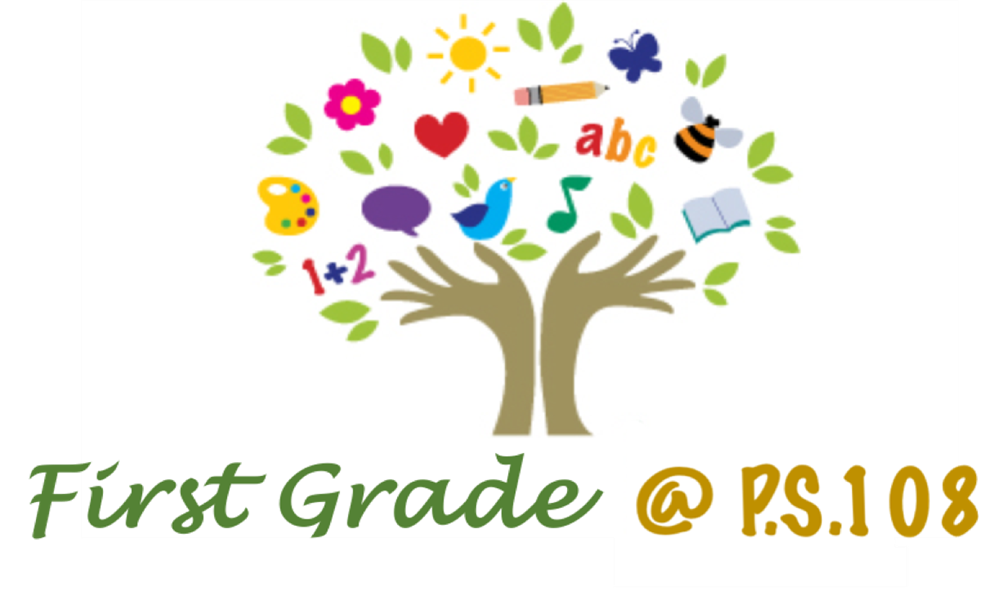
-
May/June: What is Grade 1 studying?
ELA:
Module 4: Caring for Birds
Module Summary:
In this module students learn about some of the problems birds face more generally and what humans can do to help them live and grow. They also learn about the myriad ways birds are helpful to plants, other animals, and people. Students explore the module guiding question: “Why should we care about birds?
Unit Tasks:
- Analyzing Literature; Describing story elements and determine the central message
- Supporting Opinions: Stating an opinion with a supporting reason
- Taking Action through Literacy: Identifying Reasons People Need Birds
Eureka Math:
Module 5: Identifying, Composing and Partitioning Shapes
- attributes of shapes
- part-whole relationships within composite shapes
- halves and quarters of rectangles and circles
- Application of halves to tell time
Module 6: Place Value, Comparison, Addition and Subtraction to 100
- Comparison Word Problems
- Addition to 100 using place value understanding
- Varied place value strategies for addition to 100
- Coins and their values
- Varied problem types within 20
-
First Grade, what to expect?
Homework is a crucial part of your child's active learning process and essential to their academic progress. Please make sure that all homework is completed daily.
Remember to read with your child every night for at least 20 minutes and talk with your child about the story.- Math homework will be given almost every night on Zearn to match the daily lesson in school.
- Read every night.
- Respond to books using examples from the text.

